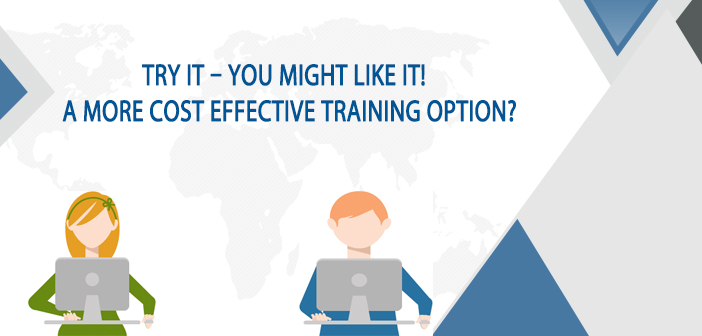We recently had our 1st virtual Procurement/Supply Chain Executive Roundtable (PERT) and I thought it would be useful to share the experience. The topic was “The Impact of Trade Talks, Tariffs and Global Turmoil on our Category Strategies – Time to get in Front of this Major Risk!” and given the bitter cold in Chicago, thank God we did it virtually. If you have not utilized virtual meeting technology in your organization, I encourage you to do so – especially given the geographical dispersion of most teams these days and more and more people wanting to work remotely as much as possible.
We have now utilized it both at client training workshops and for PERT and while there are still some kinks to work out, we are committed to make it part of our delivery platform. We have many global clients or clients with dispersed teams even if they are in the U.S. and bringing people together for competency development workshops becomes expensive both in terms of costs and time so we had to come up with a solution. We also had heard from a number of executives who were interested in joining PERT but were not based in Chicago and we knew we had to find a solution for them as well. So we set up a studio in one of our conference rooms and took the leap.
We knew that everyone was familiar with video conference calls and have been using that for our webinar series on “Do you Know the Difference between Strategic Sourcing and Category Management” (want to check it out? Let us know and we’ll send you a link 😊) but this had to be different. Here were some of the Value Driver buckets that we identified and wanted to ensure before we moved forward:
Ability for participant interaction: This had to include actions like any participant in real life (“IRL”) would have the ability to do – raise their hand, ask a question, share a document with rest of the group, ask their neighbor in the “room” a question etc. etc.
Sub-group interaction: We had to ensure that we could break up the class into sub-groups and have them work on class exercises. We had to ensure that we did not give up an iota of the Experiential Learning component which makes our training as effective and unique as it is (yes, I may be a bit partial but it’s true). The sub-group had to be able to work on the exercises together as a team, creating a common output document, work in private as a team, have the ability to call the facilitator over for help, have the facilitator check in on each team randomly, be able to have the subgroup present their output to the rest of the class etc. etc.
Facilitator effectiveness: We needed to be able to adopt the new technology (thank God for some of the young’uns in the firm – because that is not easy!). We needed to be able to call on people to ask them questions or invite participation, we needed to make sure that everyone was engaged and paying attention, to break them out in teams when needed, and to do everything that we would do IRL.
There were many more but these were probably the most important buckets and I must admit that even a skeptic like me was quite surprised by the results. While we did not utilize all the features available in our initial session, our testing has made us quite comfortable that we will incorporate all the features and functions available. I would encourage you to use as much of the functionality available to make your remote teams much more effective and if you’ve been holding off on training because of travel involved, then you may want to explore this solution – a number of our clients are taking advantage of this (still means same amount of our time but it cuts down significantly on travel and participant costs).

